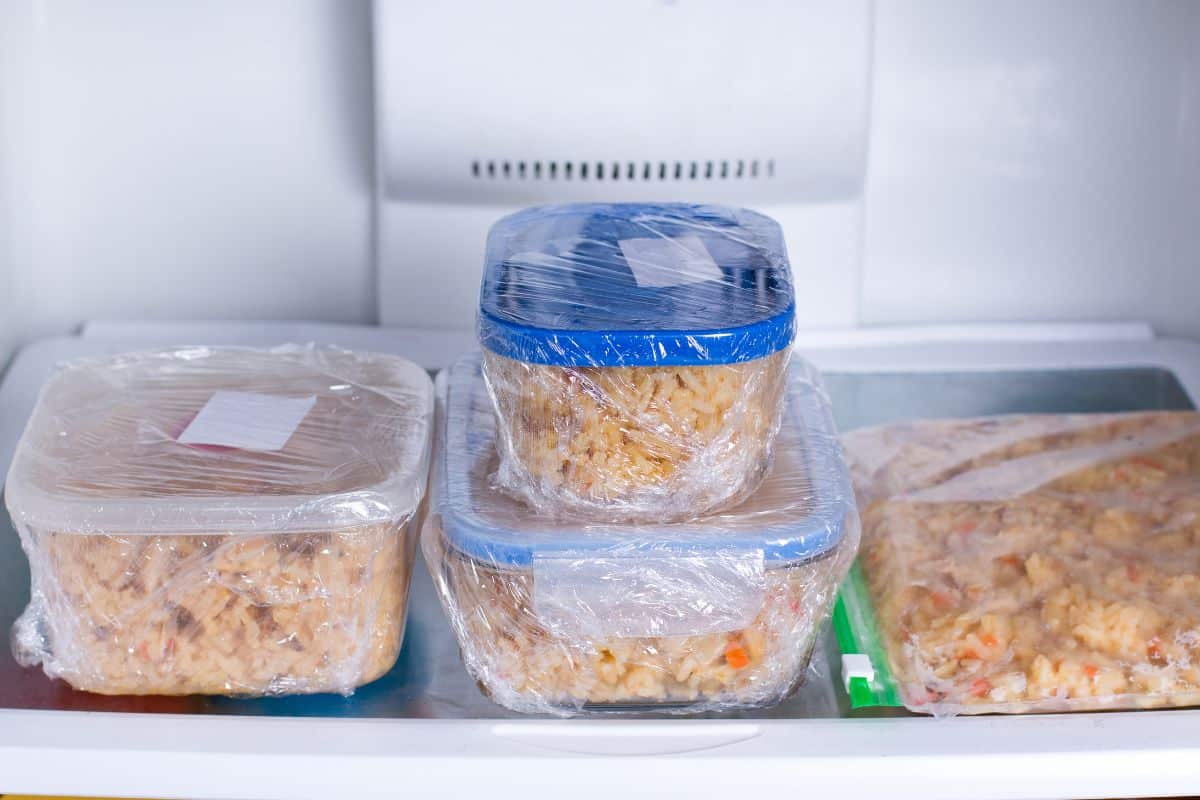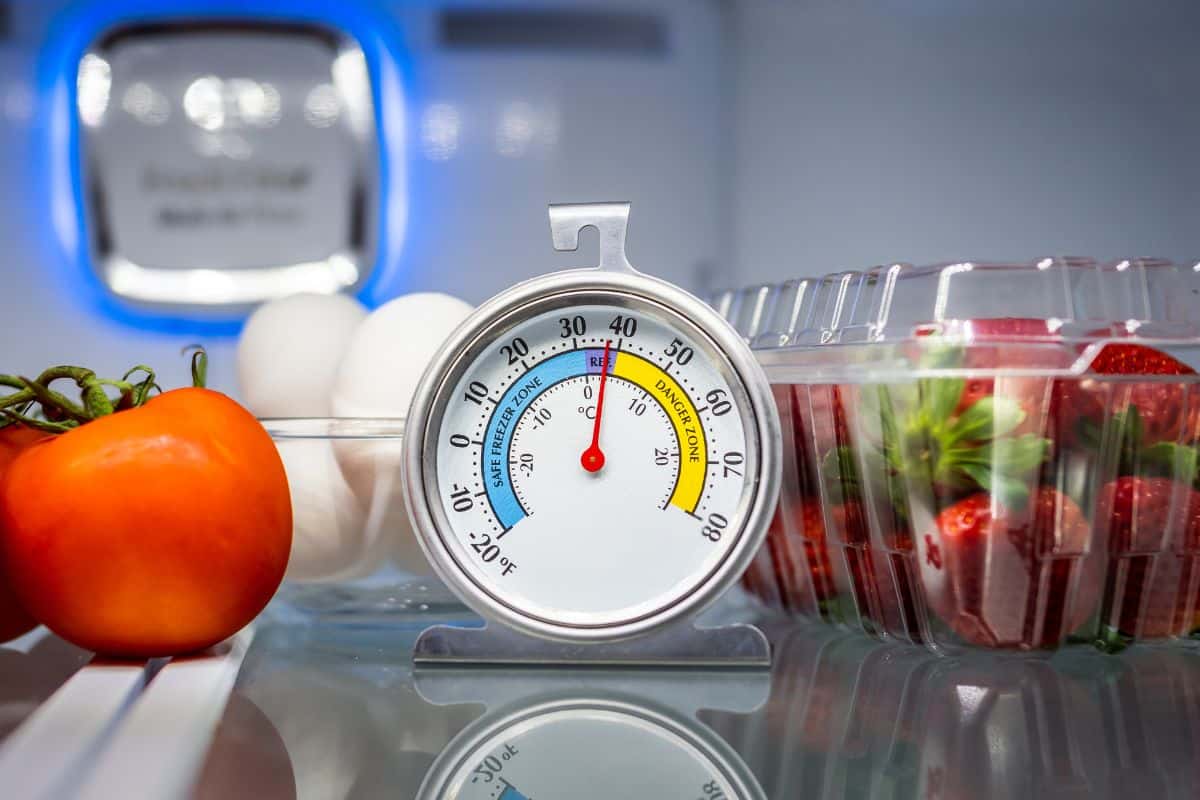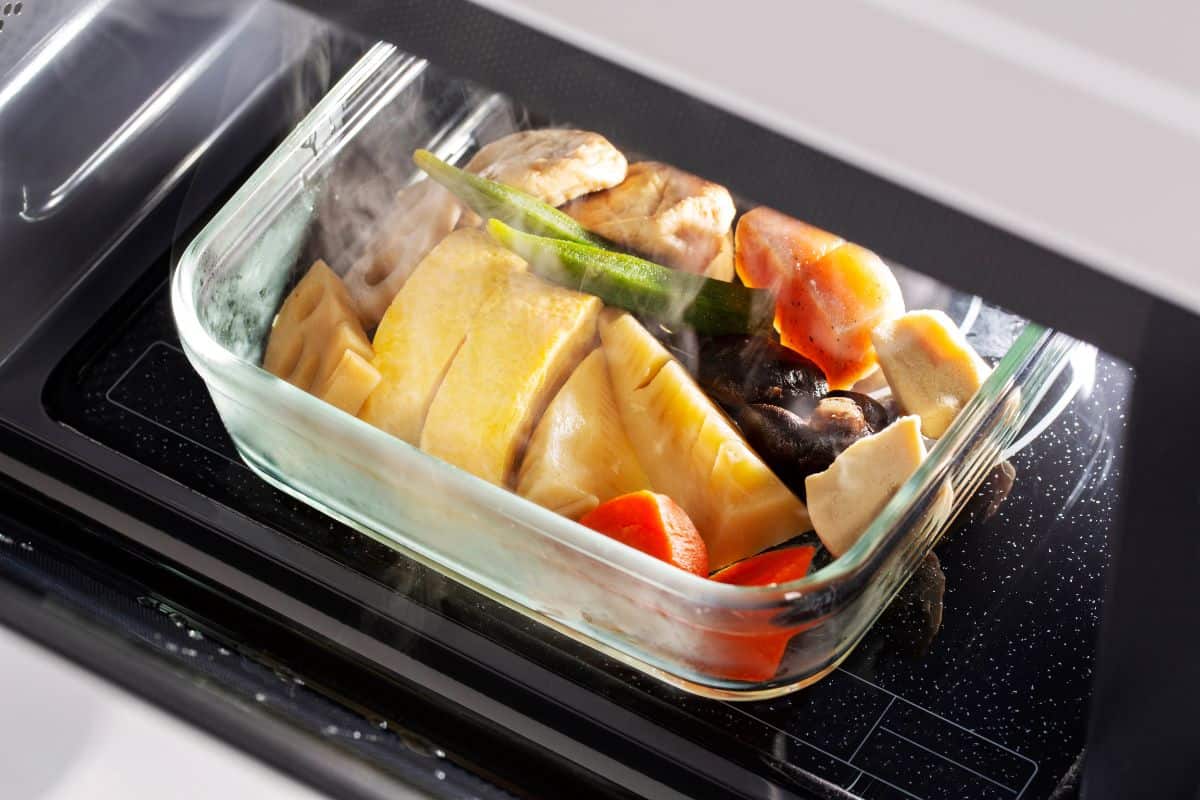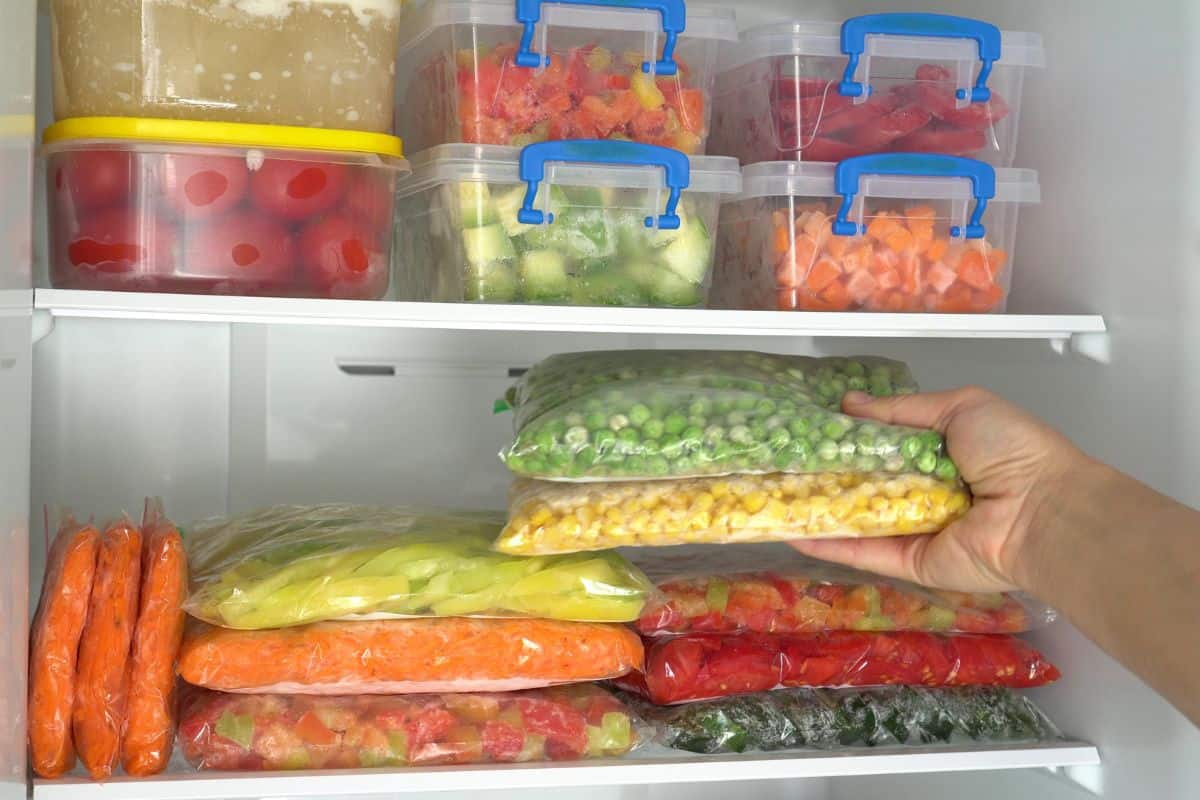Are you tired of spending hours in the kitchen every week, trying to come up with new meal ideas?
Do you often find yourself reaching for takeout or processed frozen meals because you just don't have the time or energy to cook?
Well, have no fear! In this post, we're going to show you how to take control of your meal prep and save time, money, and your taste buds by freezing homemade meals.
Say goodbye to boring leftovers and hello to delicious, healthy meals that are ready to go at a moment's notice. So, put down that takeout menu and get ready to revolutionize your meal game.
Meal Planning and Preparation
NOTE: WE MAY GET A COMMISSION IF YOU DECIDE TO MAKE A PURCHASE THROUGH THESE LINKS. THERE'S ADDITIONAL NO COST TO YOU. CHECK THE BOTTOM OF THE PAGE FOR MORE INFORMATION.

By taking the time to plan and prepare your meals in advance, you can ensure that you have a variety of delicious and healthy meals at your fingertips when you need them. Here are a few tips to help you get started:
Choose recipes that freeze well
Not all recipes are suited for freezing, so it's important to choose recipes that will hold up well in the freezer. Casseroles, soups, stews, and chili are all great options, as they tend to taste just as good, or even better after being frozen.
Prepare meals in bulk
Preparing meals in bulk can save you time and money. Double or triple a recipe and divide it into individual portions. This way you can have multiple meals ready to go in the freezer.
Label your meals
Once you have your meals packaged and ready to go in the freezer, it's important to label them with the name of the meal, the date it was made, and any reheating instructions. This will make it easy to know what you have on hand and how to reheat them.
Use the right containers
It's important to use containers that are safe for freezing and reheating. Glass containers can crack or break when frozen, so it's best to use freezer-safe plastic containers or freezer bags.
Freezing Techniques and Equipment

Proper freezing techniques and equipment can help ensure that your homemade meals maintain their quality and taste when they are thawed and reheated. Here are a few tips to help you get started:
Flash Freezing
This technique involves placing your prepared meals on a baking sheet and placing them in the freezer. Once they are frozen solid, you can transfer them to a freezer-safe container or bag. This method helps prevent the meals from sticking together, making it easy to remove just what you need.
Vacuum Sealing
Vacuum sealing is a great way to remove air and extend the shelf life of your frozen meals. Vacuum sealing machines can be purchased online or in stores and can help preserve the flavor and texture of your meals.
Quick-freezing
This technique is to put your meals in the coldest part of your freezer for a few hours. It's a good idea to do this for food that you want to freeze as fast as possible such as fruits and vegetables
Use of a Freezer Thermometer

A freezer thermometer can help you ensure that your freezer is at the proper temperature for freezing food, which is 0°F (-18°C). This will help prevent freezer burn and keep your meals fresh for longer.
Thawing and Reheating
Thawing and reheating frozen meals can be a bit tricky, but by following a few simple tips, you can ensure that your meals maintain their quality and taste. Here are a few things to keep in mind:
Plan ahead
It's important to plan ahead when thawing frozen meals. Some meals, such as soups and stews, can be thawed in the refrigerator overnight. Others, such as casseroles, should be thawed in the microwave or on the stovetop before reheating.
Avoid refreezing
Once a meal has been thawed, it should not be refrozen. This can cause the meal to lose its quality and taste.
Use the right methods of reheating

Different types of meals require different methods of reheating. Casseroles and soups can be reheated in the oven, while stews and chili can be reheated on the stovetop. Always follow the instructions on your packaging or the labels you have added.
Check the temperature
Always check the internal temperature of the food before serving. Frozen meals should be reheated to 165°F (74°C) or higher to ensure that they are safe to eat.
Conclusion

Freezing homemade meals is a great way to save time and money when it comes to meal preparation.
By planning and preparing meals in advance, using the right freezing techniques and equipment, and thawing and reheating them properly, you can ensure that your meals maintain their quality and taste.
In this article, we've covered the following topics:
- The benefits of freezing homemade meals
- Tips for meal planning and preparation
- Techniques and equipment for freezing meals
- Best practices for thawing and reheating frozen meals
By following these tips and techniques, you'll be able to create a variety of delicious homemade meals that are easy to freeze and reheat.
So, don't be afraid to give it a try! With a little bit of planning and preparation, you'll be able to enjoy homemade meals even on your busiest days.
Resources
https://www.vacmasterfresh.com/fresh-bites-blog/top-15-advantages
https://www.fda.gov/consumers/consumer-updates/are-you-storing-food-safely
https://opentextbc.ca/foodsafety/chapter/preventing-foodborne-illness/



